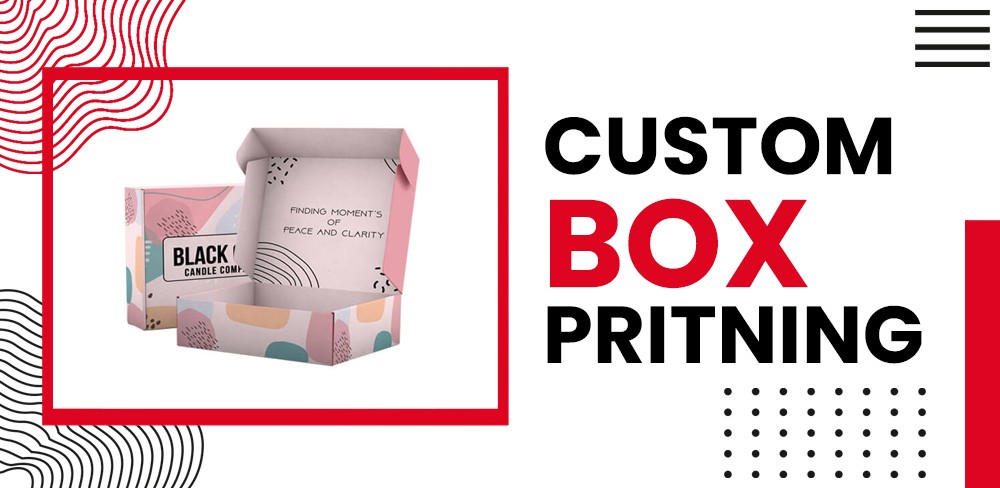Saudi Arabia moves goods fast, and the Internet of Things (IoT) is making it better. IoT links devices like trucks and sensors to share info instantly. This helps businesses save time, cut costs, and deliver on time. With Vision 2030 pushing for modern trade, IoT is a big deal. This guide shows how IoT works, why it helps, and how to use it. It’s for business owners, managers, and anyone curious about logistics in the Kingdom.
Table of Contents
What’s IoT in Logistics?
IoT is when devices talk to each other online. Think of sensors on trucks or in warehouses sharing data. In logistics, this means knowing where goods are or how they’re doing. IoT keeps things organized and customers happy. In Saudi Arabia’s busy trade scene, it’s a must-have.
How It Works
- Sensors: Check things like location or heat.
- Connections: Use Wi-Fi or 5G to send data.
- Data Tools: Turn info into plans.
- Auto Actions: Systems make moves, like changing routes.
Why IoT Is a Game-Changer
Saudi Arabia’s ports handle tons of global trade. Online shopping jumped 20% in 2024. IoT helps businesses keep up by making work smoother. It saves money and builds trust. An industrial logistics company uses IoT to shine in this fast market.
Why It Helps
- Track Live: See where goods are right now.
- Save Money: Use less fuel and avoid delays.
- Stay Safe: Watch drivers and cargo.
- Please Customers: Deliver fast with updates.
- Go Green: Cut fuel use with smart plans.
How IoT Makes Logistics Better
IoT changes how transport and logistics work in Saudi Arabia. It helps with trucks, warehouses, and deliveries. Here’s how:
1. Better Truck Management
IoT tracks trucks and drivers. Sensors check fuel, speed, or engine issues. This picks the best routes and stops breakdowns. An industrial logistics company Saudi Arabia can use IoT to manage trucks in Riyadh or Jeddah.
- Find Trucks: GPS shows their location.
- Check Drivers: See driving hours for safety.
- Fix Early: Spot truck problems before they stop.
2. Smarter Warehouses
IoT keeps warehouses in check. Sensors and tags track what’s on shelves. This stops too much or too little stock. Auto systems order more when needed.
- Track Stock: Know what’s in the warehouse.
- Cut Mistakes: Tags stop counting errors.
- Save Time: Auto-orders keep things moving.
3. Smarter Routes
IoT picks the best roads. It checks traffic or weather live. This saves gas and gets goods to customers faster, especially in busy Dammam.
- Avoid Jams: Skip traffic with real-time data.
- Use Less Fuel: Take shorter roads.
- Deliver Quick: Get goods out fast.
4. Safer Cargo
IoT watches goods on the move. Sensors check heat or bumps. This keeps food or medicine safe in Saudi Arabia’s hot weather.
- Monitor Goods: Keep them fresh.
- Get Warnings: Know if something’s wrong.
- Keep Quality: Deliver goods in good shape.
5. Better Customer Updates
IoT tells customers when goods will arrive. They get live updates, which builds trust and keeps them happy.
- Send Texts: Share delivery times.
- Show Location: Let customers track live.
- Build Trust: Keep them in the loop.
Challenges with IoT
IoT is great but has hiccups. Knowing these helps businesses plan better.
Tough Parts
- Costs a Lot: Setting up IoT isn’t cheap.
- Data Risks: Hackers might try to get in.
- Need Skills: Workers must learn new tools.
- Tech Clashes: Different devices might not mix well.
How to Start with IoT
Using IoT is easier than it sounds. Saudi Arabia’s government supports tech growth. Here’s how to begin:
Steps to Start
- Pick One Goal: Start with tracking or stock.
- Get Tools: Use sensors or simple software.
- Find Helpers: Work with local tech companies.
- Teach Workers: Show them how to use IoT.
- Try Small: Test in one warehouse or route.
Questions Businesses Ask
Here’s what people often wonder about IoT in logistics.
How Does IoT Help Logistics?
It tracks goods, picks routes, and saves cash. It makes work faster and smoother.
What Are IoT Risks?
It costs money and needs security. Training and good systems fix these.
What Tools Work Best?
Sensors, tags, and warehouse software are great. Pick what fits your business.
How Does IoT Make Things Safer?
It watches drivers and cargo to prevent problems and keep goods safe.
Why IoT Matters in Saudi Arabia
Saudi Arabia is a trade giant. Its ports move 1.8 million containers a year. Vision 2030 pushes for better systems, so IoT is key. It helps businesses handle online sales and go global. It also cuts fuel use for greener trade.
Economic Impact
- Big Trade: Ports handle lots of global goods.
- Online Boom: E-commerce grew 20% in 2024.
- Jobs: IoT makes new tech and logistics roles.
- Green Goals: Smart plans cut emissions.
Tips for Saudi Businesses
Local firms can grow with IoT. Work with tech companies or train your team. Here’s how:
Local Tips
- Team Up: Join with tech firms for IoT.
- Learn Tools: Train on sensors or software.
- Go to Events: Check Saudi Logistics Expo.
- Focus on Trade: Use IoT for ports or online sales.
What’s Next for IoT
IoT will get bigger. Things like 5G and drones will make it faster. 5G shares data quick. Drones speed up deliveries. These keep Saudi businesses ahead.
Coming Soon
- 5G Speed: Faster data for IoT tools.
- Drones: Quick drops in cities like Riyadh.
- Smarter AI: Better guesses for routes and stock.
- Eco-Tech: Tools to use less fuel.
Wrapping Up
IoT is changing logistics and transport in Saudi Arabia. It tracks goods, saves money, and keeps customers happy. From trucks to warehouses, it makes work easier. There are challenges like costs, but smart planning helps. Start small with one tool or goal. For an industrial logistics company Saudi Arabia, IoT is the way to stay strong. By using IoT, your business can grow in the Kingdom’s busy trade world.












